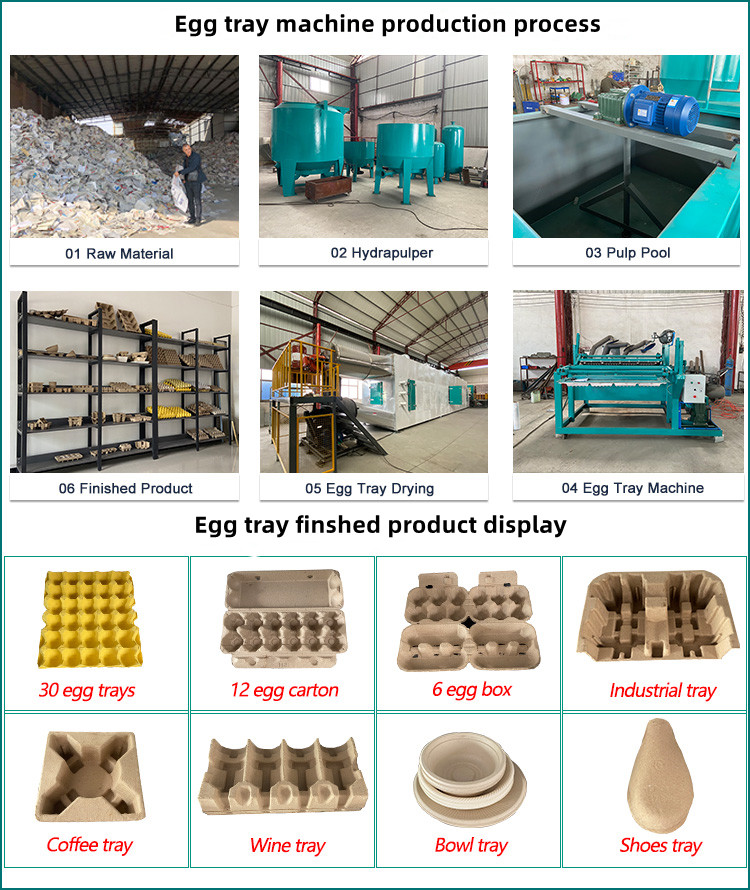scald tank
Dec . 24, 2024 05:50 Back to list
scald tank
The Importance of Scald Tanks in Modern Industries
In various industries, ensuring temperature control during the processing of materials is vital. One critical piece of equipment that plays a significant role in this regard is the scald tank. Scald tanks are specialized vessels used primarily for the purpose of heating and managing liquids—most commonly in the food processing industry. However, their function extends beyond mere heat application; they contribute to safety, efficiency, and overall product quality.
Understanding Scald Tanks
A scald tank is a large, insulated tank typically made of stainless steel or other heat-resistant materials. The primary function of these tanks is to heat liquids, often to a specific temperature for a set period. In food processing, scalding can help in tasks such as removing undesirable surface bacteria, loosening skins for processing fruits and vegetables, or enhancing the gelatinization of starches. This process is critical in maintaining food safety and quality.
One key aspect of scald tanks is their design, which usually incorporates advanced heating systems. These may include steam injection, hot water circulation, or direct heating elements that ensure uniform temperature distribution. The most effective systems allow for precise control over temperature and heating times, essential for meeting regulatory standards and ensuring the end product's consistency.
Applications in the Food Industry
In the world of food production, scald tanks serve multiple purposes
. For instance, in meat processing, scalding can be employed to facilitate easier feather removal in poultry or enable the easy peeling of skin in pork and other meats. In the dairy industry, scald tanks can pasteurize milk and other products, ensuring that harmful bacteria are eliminated while preserving the quality of the product.Moreover, in fruit and vegetable processing, scald tanks are used to blanch products before freezing or canning. The blanching process stops enzyme actions that can cause loss of flavor, color, and texture. By doing so, scald tanks help maintain the nutrients and ensure a longer shelf life for these products.
scald tank

Safety and Efficiency Concerns
In addition to quality control, scald tanks play a crucial role in enhancing safety within processing plants. Properly operated scald tanks ensure that temperatures are high enough to kill harmful pathogens, thereby protecting consumers from foodborne illnesses. However, it is equally important that these tanks are equipped with safety mechanisms. This includes temperature controls, pressure relief valves, and emergency shut-off systems to prevent accidents due to overheating or over-pressurization.
Furthermore, the energy efficiency of scald tanks has become a growing concern in modern industries. With increased awareness of environmental sustainability, manufacturers are leaning towards technologies that minimize energy consumption while maintaining optimal performance. Many modern scald tanks incorporate insulation techniques and advanced heating technologies that reduce energy waste, leading to lower operational costs and a smaller carbon footprint.
Future Innovations
As technology advances, the design and functionality of scald tanks are evolving. Industry trends point toward the integration of IoT (Internet of Things) capabilities, allowing for real-time monitoring of temperature and performance. This connectivity enables predictive maintenance, ensuring that any issues are addressed proactively before they lead to significant downtime.
Moreover, automation in scalding processes can enhance efficiency and reduce labor costs, allowing operators to focus on more complex tasks. As industries adopt smarter manufacturing practices, the role of scald tanks will become even more sophisticated, contributing to the overall digitization of food production and processing.
Conclusion
In conclusion, scald tanks are indispensable tools in many processing industries, particularly in food production. They ensure the safety and quality of products while contributing to operational efficiency. As technology continues to evolve, scald tanks are poised to undergo significant transformations, enhancing their capabilities and solidifying their importance in modern manufacturing processes. Whether through improved safety features, energy-efficient designs, or smart technology integration, scald tanks will remain a vital component in the quest for high-quality and safe food production.
-
Hot Sale 24 & 18 Door Rabbit Cages - Premium Breeding Solutions
NewsJul.25,2025
-
Automatic Feeding Line System Pan Feeder Nipple Drinker - Anping County Yize Metal Products Co., Ltd.
NewsJul.21,2025
-
Automatic Feeding Line System Pan Feeder Nipple Drinker - Anping County Yize Metal Products Co., Ltd.
NewsJul.21,2025
-
Automatic Feeding Line System - Anping Yize | Precision & Nipple
NewsJul.21,2025
-
Automatic Feeding Line System - Anping Yize | Precision & Nipple
NewsJul.21,2025
-
Automatic Feeding Line System-Anping County Yize Metal Products Co., Ltd.|Efficient Feed Distribution&Customized Animal Farming Solutions
NewsJul.21,2025






